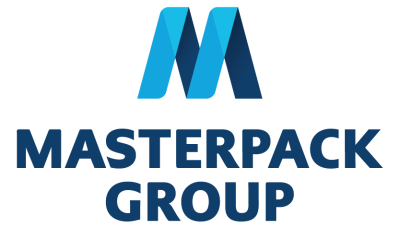The year 2020 was an eye-opener in many ways and one of the aspects the pandemic is shining a light on is the importance of living healthy all year round. This greatly affects the choices in the food we make. The organic industry continues to grow. In 2018, the sales of organic food grew by 5.3% in the UK. In 2019, the share of newly launched organic products increased to 10% in 2019 globally. It’s a promising market with many opportunities, but it requires work in the entire supply chain and Modified Atmosphere can help with that.
Over the past decades, there have been notable changes in the food we consume. Organic food is on the rise and is here to stay. But how can producers keep up with the growing demand for fresh products while they remain perishable and sensitive? One of the answers is Modified Atmosphere Packaging.
What qualifies as organic food?
Standards vary worldwide, and the qualification ‘organic’ is based on how a product is produced, not packaged, but choosing chemicals and pesticides after an organic growing process renders all previous efforts pointless. Organic food is grown without the use of synthetic chemicals such as human-made pesticides and fertilizer. It does not contain genetically modified organisms and is not processed using irradiation, industrial solvents or synthetic food additives.
How does modified atmosphere fit in the ‘organic’ market?
This is done simply by not using any chemicals or harmful products to preserve your products. It even works for the freshest of produce such as fruits and vegetables. MAP protects your food against pests and contamination using only natural gases such as nitrogen, oxygen and carbon dioxide. Additionally, it helps maintain the quality of your products over a longer time, protecting the taste and smell and increasing shelf life.
Why consumers would love modified atmosphere packaging
One of the main reasons why consumers choose organic food is that they don’t want pesticides in their food. Often, pesticides and chemicals are used to keep the food eatable, but it comes at a price. The implications for our health are becoming increasingly clear and it’s not looking great for pesticides.
Besides this, consumers are choosing more and more for products that come from transparent and sustainable supply chains.
Implementing MAP into your supply chain means that ultimately organic food can become more affordable to the end consumers since producers and sellers get more control over their supply chain and can better answer demands thanks to longer shelf life. Bearing in mind that for instance, 62% of Americans would choose organic products if they were more affordable, switching to MAP could have big benefits for your benefits.

